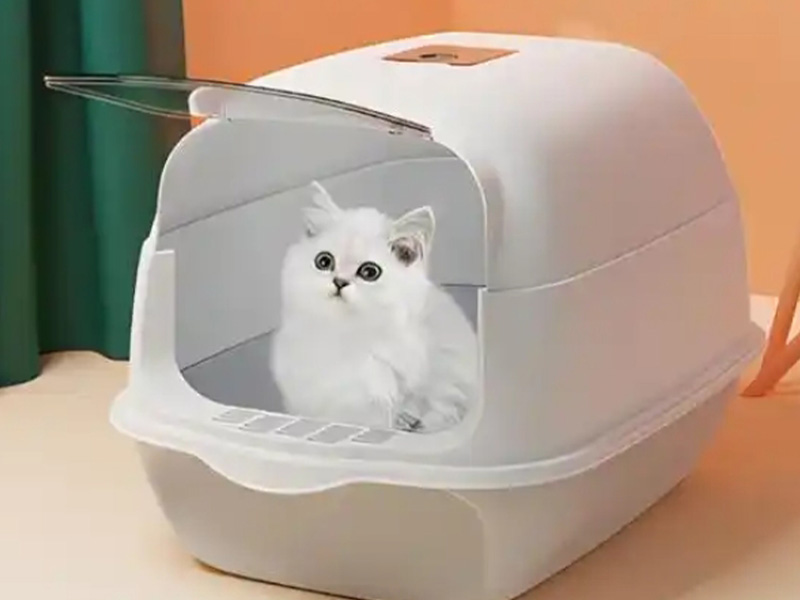
Picking a litter box field for your cat boils down to two most important options: open or covered. Both have their professionals and cons—let’s smash it down so it’s handy to determine out.
Open Litter Boxes
Open containers are rather straightforward, and here’s why they work (or don’t) for you and your cat:
The upsides:
Better airflow: Since there’s no lid, air circulates freely, so smells don’t get trapped interior the container itself.
Easy to check: You can look proper in to see if the litter wishes cleansing or if your cat’s rest room habits appear off—no lifting lids required.
Cat-friendly: Most cats love them. There’s nothing blocking off their way, so they can stroll in and out except stress. This is mainly desirable for kittens or skittish cats who like to hold an eye on their environment whilst they go.
The downsides:
Smells spread: Without a cover, litter field odors can float into the room faster—you’ll want to smooth it extra regularly to preserve matters fresh.
No privacy: Some cats opt for a little “me time” when the use of the box, and an open sketch doesn’t provide them that hidden spot.
Litter mess: Cats dig and scratch naturally, so litter can without problems get kicked or tracked onto your floor.
Covered Litter Boxes
Covered bins (the ones with lids) are all about containing mess and giving privacy—here’s what to know:
The upsides:
More privacy: The lid creates a cozy, hidden area for your cat. This can make shy or anxious cats sense safer whilst they do their business.
Odor control: The lid acts like a barrier, trapping smells inner the box. That potential your room may remain smelling higher between cleanings.
Less litter everywhere: The excessive aspects and lid preserve most of the litter inside, even when your cat receives enthusiastic about digging.
The downsides:
Trapped smells (for your cat): While it continues the room fresh, smells can construct up inner the closed box. Skip everyday cleaning, and it’ll get smelly for your cat—no exciting for them.
Harder to check: You have to take the lid off to see if the litter is soiled or to take a look at your cat’s waste for fitness issues.
Some cats hate them: The enclosed house can experience cramped or horrifying to some cats. They would possibly keep away from the usage of it altogether, or take time to get used to it.
How to Decide Which One to Get
It all comes down to three easy things:
1.Your cat first: This is the largest factor. Is your cat bold, or does it like to hide? Older cats or these with sore joints would possibly locate open containers less complicated to step into. If your cat’s frightened or has had hassle the use of a litter field before, begin with an open one—it’s safer.
2.Your home: If you’re worn-out of litter on the flooring or room odors, a included field ought to help. Just understand to smooth it frequently so your cat doesn’t have to deal with trapped smells.
3.How handy it is to clean: Open containers are simpler—you can scoop day by day and deep-clean besides fuss. Covered containers imply doing away with the lid each and every time you want to clean, which is a little greater work.
